The other day I was on the internet Christmas shopping for a crash helmet for my teen age son. He’s recently gotten involved in an activity that makes wearing a helmet the prudent thing to do. Although Florida does not have a helmet law…our family does.
The first thing that jumps out at you is the tremendous variety of options that are available. Crash helmets come in all variety of shapes and sizes with an endless choice of styles, decorations, color schemes, ventilation options, face protectors, bluetooth options and so on. Prices range for $40.00 to $400.00, and more! I also learned that there is a complicated and comprehensive system that rates crash helmets on their ability to withstand impact. What a concept!
Maybe he could just be extra careful?!!
So I found myself thinking…how much should I spend on a product that probably will never be used? Occasionally we do read about motorcycle accidents, but not all that often. He’s a pretty cautious kid, usually exhibits pretty good judgment.
I also knew style was important to him. He’s a kid so it’s all about being cool. The last thing he was concerned about was how it would stand up in the event of an accident and (God forbid) a severe blow to his head. Then it dawned on me again as it has so often previously. One of the reasons that kids (especially boys) have parents is to protect them from themselves, to exercise mature judgment in the absence of their own.
The answer is obvious, isn’t it? You buy the safest most well-constructed and highest safety rated helmet that you can afford! If it happens to look really cool that’s a bonus, but it’s not the priority. Granted, he probably will never need it but what if he does? Is saving a few hundred dollars going to matter? Like I said, the answer is obvious!
We all do it
As I write this article I’m thinking to myself how obvious this thought process is and yet, I also know from personal experience how often we overlook or ignore the obvious. We all do it. It’s human nature. What’s important and what is not? Where can we do without and where can we not?
When the sh** hits the fan
My family is also concerned about preparedness, as I know you are as well. I cannot recall purchasing an item as a part of my preparedness regimen when I didn’t have that same conversation with myself that I had with the crash helmet. What’s important and what is not? Where can I cut and where should I not? You talk about buying things that you hope you’ll never use. Spend some time on SurvivalBlog.com or any of a number of similar websites perusing the variety of products and services that they support. Do you really think you’ll need a solar stove to bake bread in the back yard? Should we really spend a couple of hundred dollars on seeds so that we can grow our own vegetables when we can get all that we need at the grocery store? You know the answer.
Hello out there!!
Perhaps you have already recognized the need for being able to communicate beyond shouting distance in the event cell and landline service cease operating. Ruling out smoke signals and semaphore, there are only a couple of realistic options. Ham radio and satellite come to mind immediately.
There’s a lot of information available on Ham. It’s a valuable technology to be sure and I encourage you to investigate it thoroughly. But it’s also expensive, cumbersome, has a very steep learning curve and can potentially put your security at risk. Handheld satellite technology, while not inexpensive, costs much less than Ham and also offers the added benefits of portability, privacy and simplicity, just to name a few.
When there are no options.
Granted, it’s a tough decision, to spend several hundred dollars or more on something for which you almost certainly will have no use…unless you have no options. You have no options, the key to everything that is “preparedness”. You have no options.
We’re no different from each other. Our landlines and cell phones are more than dependable. Whenever we want to speak with someone we simply call them. We have options.
But what if we don’t one day? Given some of the scenarios with which we concern ourselves, it’s very possible.
Consider waking up one day to landlines and cell phones not working. You may have experienced it before. I have. We’re in the hurricane belt so we’re subject to electricity and telephone outages from time to time. The difference is…we know it’s just a matter of days, maybe a week or two, before the power company has the electricity working and the phone company has restored phone service. Will that also hold when the SHTF?.
The 6 o’clock news…UGH!
If you’re like me watching or listening to the news usually makes me angry. You may also have friends who no longer pay attention to the news for very reason. Maybe you have yourself. I’ve tried, but I can’t. Knowledge is still power, even if the knowledge makes me angry.
- I can’t imagine being unable to communicate beyond shouting distance.
- I can’t imagine having no knowledge of what is going on in the world beyond what I can see from my front porch.
- I can’t imagine not being able to contact loved ones and like-minded friends when the time comes.
- I can’t imagine thinking to myself…”I sure am glad I saved a few hundred dollars instead of …”
Don’t misunderstand, I would never advocate spending more than one can afford. To be sure, reducing debt and increasing savings is an essential cornerstone of preparing. What I do advocate that we research our purchases carefully so that we can make prudent and informed decisions prioritizing where to spend and where to save and, in so doing we anticipate as best we can, what life could be like if and when it all comes apart.
I think there are plenty of areas to cut expenses. I just don’t think crash helmets and satellite phones are two of them.

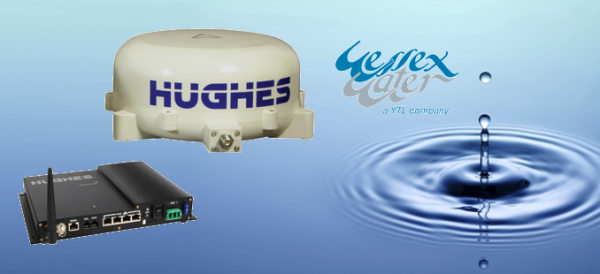



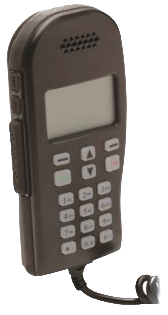 This might take another 5 minutes. Actually, you will have probably learned to operate theMSAT G2 Satellite Radio push to talk handset terminal via the COMMISSIONING process. If you can operate a cell phone you can operate the G2 as they have virtually identical dialing and answering protocols. Squeeze the PTT microphone, wait ½ second and begin talking. When you’ve finished talking release the PTT mike and listen for a response. You just learned how to operate the Dispatch Radio function. (For more on Dispatch Radio…link.)
This might take another 5 minutes. Actually, you will have probably learned to operate theMSAT G2 Satellite Radio push to talk handset terminal via the COMMISSIONING process. If you can operate a cell phone you can operate the G2 as they have virtually identical dialing and answering protocols. Squeeze the PTT microphone, wait ½ second and begin talking. When you’ve finished talking release the PTT mike and listen for a response. You just learned how to operate the Dispatch Radio function. (For more on Dispatch Radio…link.)
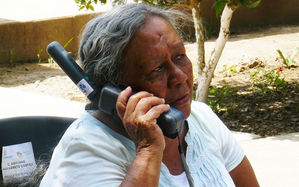 Anticipating the extent of the disaster, Inmarsat was able to get the equipment to the islandsTyphoonYolanda ISatPhone Pro resized 600 before the typhoon struck. This proved significant in expediting the search and rescue efforts by the Minister of Home Affairs and facilitating victim communications with loved ones thought the world. One cannot underestimate the importance of just being able to tell loved one that you are ALIVE!
Anticipating the extent of the disaster, Inmarsat was able to get the equipment to the islandsTyphoonYolanda ISatPhone Pro resized 600 before the typhoon struck. This proved significant in expediting the search and rescue efforts by the Minister of Home Affairs and facilitating victim communications with loved ones thought the world. One cannot underestimate the importance of just being able to tell loved one that you are ALIVE!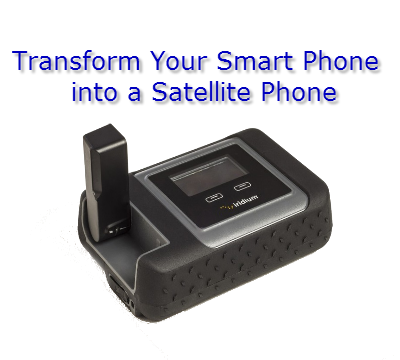



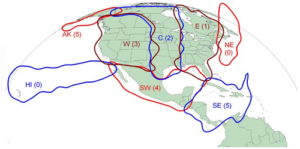 While a substantial part of our MSAT business deals with every day operational commercial use, an even MSAT G2 Satellite Footprintgreater segment of it supports emergency management and crises response capabilities. There are literally thousands of MSAT units in use throughout federal, state and local governments in both the US and Canada. The US Departments of Homeland Security, Justice and Transportation would be three of the largest federal agencies employing this service. We even have special Talk Groups established that can be utilized only by these agencies.
While a substantial part of our MSAT business deals with every day operational commercial use, an even MSAT G2 Satellite Footprintgreater segment of it supports emergency management and crises response capabilities. There are literally thousands of MSAT units in use throughout federal, state and local governments in both the US and Canada. The US Departments of Homeland Security, Justice and Transportation would be three of the largest federal agencies employing this service. We even have special Talk Groups established that can be utilized only by these agencies.